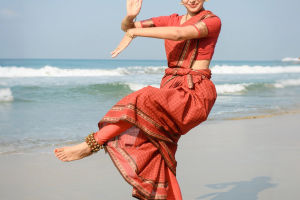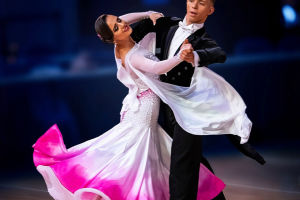Hello Lykkers! If you’ve ever paused to admire a coastal photo, you’re not alone. Seascapes are among the most admired subjects in landscape photography, and it’s easy to see why.
The contrast between the shore and the water, the patterns created by light reflections, and the dramatic weather changes all contribute to making coastal shots so captivating.
Let’s explore how to capture these mesmerizing scenes with insights from renowned Italian photographer Erik Colombo.
Finding the Perfect Composition
Why Composition Is Everything
When photographing the coast, the structure of the image matters more than anything. Effective composition helps turn a beautiful view into a remarkable photograph. The classic principles still apply—guiding lines, layers of depth, and strategic framing.
Explore Before Shooting
Before lifting the camera, Erik suggests taking 20–30 minutes to simply observe the scene. Understanding the environment helps uncover elements that add depth and personality to the shot.
Use of Natural Elements
In coastal environments, rocks and flowers work wonderfully as anchors for the foreground, while the water and sky provide dynamic backdrops. Warm-colored plants contrast nicely with the sea's cooler tones, adding vibrancy to the composition.
Keeping the Horizon Straight
A tilted horizon can disrupt even the most scenic photo. Cameras such as the Canon EOS R7 offer automatic leveling systems, while many others include visual guides or grid overlays to help with alignment.
Protecting Your Equipment
Shielding from Sea Spray
Even on calm days, coastal humidity and salt can affect gear. Waterproof covers, high-quality backpacks, and lens hoods are crucial to keeping equipment dry and functional. A lens hood can help reduce droplets reaching the lens surface.
Durability in Harsh Conditions
Choose equipment designed for challenging environments. Canon’s EOS R5 and RF 15-35mm F2.8L IS USM lens, used by Erik in many of his shots, are built for endurance and clarity.
Creative Use of Exposure and Angles
Long Exposure for Motion
Capturing the flow of waves over rocks or misty water effects requires longer exposures. Using a tripod, take multiple shots with varying settings and blend them to highlight different elements—sky, water, foreground.
Choosing the Right Orientation
While horizontal shots offer a wide view, vertical framing can draw attention to textures and shapes that may otherwise go unnoticed. Vertical photos are also perfect for social media and mobile displays.
HDR for Balanced Lighting
If your camera supports High Dynamic Range (HDR), use it to balance intense highlights and deep shadows. For cameras without HDR, multiple exposures can be merged manually for a similar effect.
Best Times for Coastal Photography
The Power of Natural Light
Timing can dramatically change the outcome of a photo. Early morning and late evening—the golden and blue hours—offer soft, colorful lighting that flatters the seascape. Shadows are longer, skies are vibrant, and reflections more pronounced.
Maximizing Light in Low Conditions
In dimmer light, wider apertures (lower f-numbers), increased ISO, and cameras optimized for low-light performance are helpful. Canon's EOS R series is particularly effective in capturing details during sunrise or twilight.
Shooting in Harsh Sunlight
Midday light can be difficult due to high contrast and glare. However, some Canon models include Smart Scene and HDR modes that help retain detail in both bright and shaded areas—ideal for sunny beach shots.
Conclusion: Bring Coastal Moments to Life
Lykkers, coastal photography offers a unique blend of movement, light, and texture. With the right approach—careful observation, strong composition, and thoughtful equipment use—you can transform any seascape into a striking image. Experiment with angles, watch the light, and protect your gear. There’s a whole world of shoreline beauty waiting to be captured—happy shooting!


